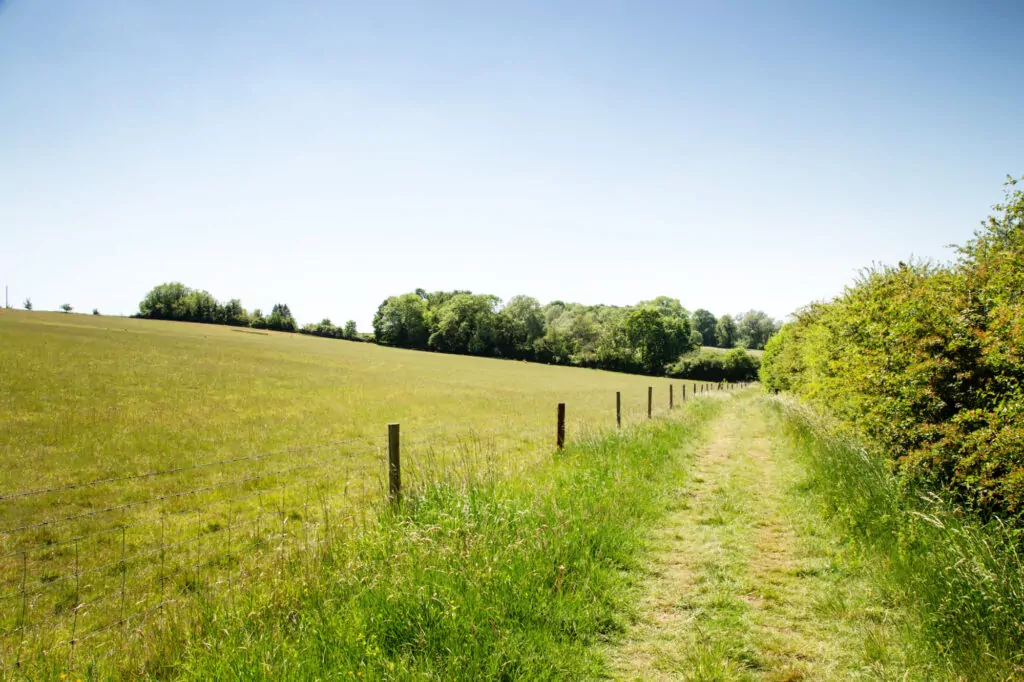A 'once in a business time' opportunity
Emerging from this crisis will undoubtedly be difficult, challenging and, in some cases, devastating for individuals and certain businesses. It does however provide the opportunity to rethink and reflect. We've had many conversations with colleagues and clients who are adapting to the "new normal", taking positives from more quality time with their family, a greater appreciation for the outdoors and exercising, enjoying seeing people working from their home environments and less pressure on the working diary from travel.
At the same time there is much to reflect on what's changed at a business level and how this experience could be used to make your business better. It may be instructive to consider if you were starting today from scratch, anticipating potential future opportunities, how would you structure your business? What infrastructure would be needed – new or adapted?
We know of businesses that are doing gap analysis on what needs to change to survive, and then thrive. Some are using formal restructuring tools in a positive way to help shape a better going concern business post-coronavirus, e.g. company voluntary arrangement, restructure or administration light.
If you can find the headroom, use the time now to plan, build, analyse and grow the mindset and ethos in your business to change. People, Planet and Place need to sit alongside Profit for a sustainable future. You may need to use legal processes to restructure, change contracts (etc.), but challenge traditional thinking to unlock future value. Involve your employees, customers and other stakeholders in this process – they will have seen what works and you can use their experiences to generate innovation. Ultimately this should help drive engagement following what's been a challenging time for everyone and help drive business-wide focus and commitment to get back on track.
Getting in touch
If you'd like to talk through any of the themes raised in this article our team of experts are on hand and are able to offer a collaborative and holistic approach to supporting you with getting ready for recovery.
Drop us a line at [email protected] or contact any of the team members below.















